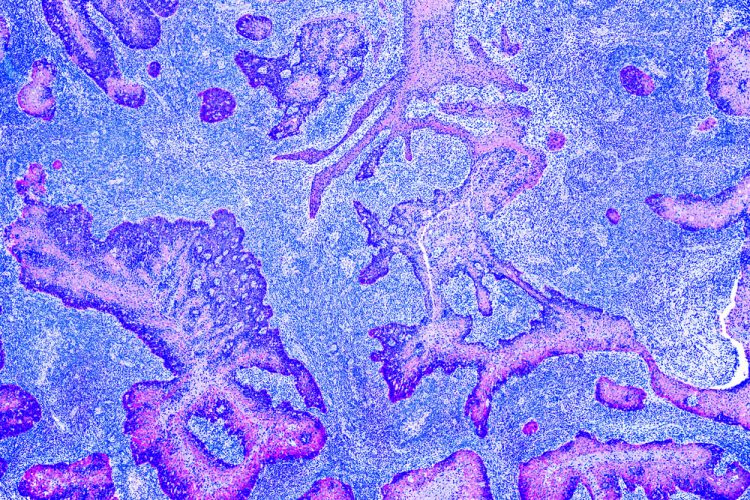Scientists target glioma cancer stem cells which could improve patient survival
Posted: 7 February 2018 | Drug Target Review | No comments yet
Dartmouth scientists have successfully uncovered a therapeutic approach that targets aggressive brain cancer stem cells and could lead to improved patient survival.


Glioblastoma multiforme is the most common and aggressive primary brain tumour and has one of the worst survival rates of all cancers. Despite surgery, radiation and chemotherapy, these tumours virtually always become resistant to therapy and eventually recur. The cancer stem cells within these tumours are thought to be important drivers of resistance and recurrence.
Researchers at Dartmouth’s Norris Cotton Cancer Center, led by Damian A. Almiron Bonnin, MD-PhD candidate of the Mark Israel laboratory, are devising strategies to target glioma stem cells which could significantly improve patient survival.
“The presence of glioma stem cells within high-grade gliomas is one of the reasons they are so difficult to treat,” says Almiron Bonnin.
“In this study, we have successfully identified a secretion-mediated pathway that is essential for the survival of glioma stem cells within aggressive brain tumours.”
Multiple studies suggest that these cancer stem cells resist therapy and give rise to recurrences. “To put it simply, if you eliminate most of the tumour with standard treatments, but leave even one cancer stem cell behind, that cell could, in theory, give rise to an entire new tumour,” says Bonnin. “Therefore, making sure these cells are being effectively targeted is an important goal of cancer research.”
The team is using their understanding of the mechanism by which these cells are maintained within brain tumours to develop new and potentially more effective approaches to treating high-grade brain tumours. Their strategy of utilising drugs that target glioma stem cells may increase the effectiveness of chemotherapy agents in brain tumours and ultimately prolong the survival of patients with this type of tumour. The team’s work, “Secretion-mediated STAT3 activation promotes self-renewal of glioma stem-like cells during hypoxia” was recently published in Oncogene.
Pharmacological blockade of the identified pathway leads to a noticeable reduction in tumour growth. Computational studies suggest that the use of these pharmacological agents may significantly increase the survival of patients with this type of tumour. “Being able to target the cancer stem cells within these tumours, like we did here, could potentially improve response to current chemotherapies and prevent recurrences, which would translate into an increase in patient survival rates,” says Bonnin.
Bonnin’s study will lead to a better understanding of cancer mechanisms (drug resistance) that will hopefully translate into improved clinical therapies for the treatment of high-grade gliomas. Looking ahead, Bonnin’s team is finalising the preclinical experiments that are necessary to pursue a clinical trial that will test drugs that target glioma stem cells of patients diagnosed with this type of incurable tumour.
Related topics
Oncology, Stem Cells, Therapeutics
Related conditions
Cancer, Glioblastoma
Related organisations
Dartmouth-Hitchcock Medical Center
Related people
Damian A. Almiron Bonnin


